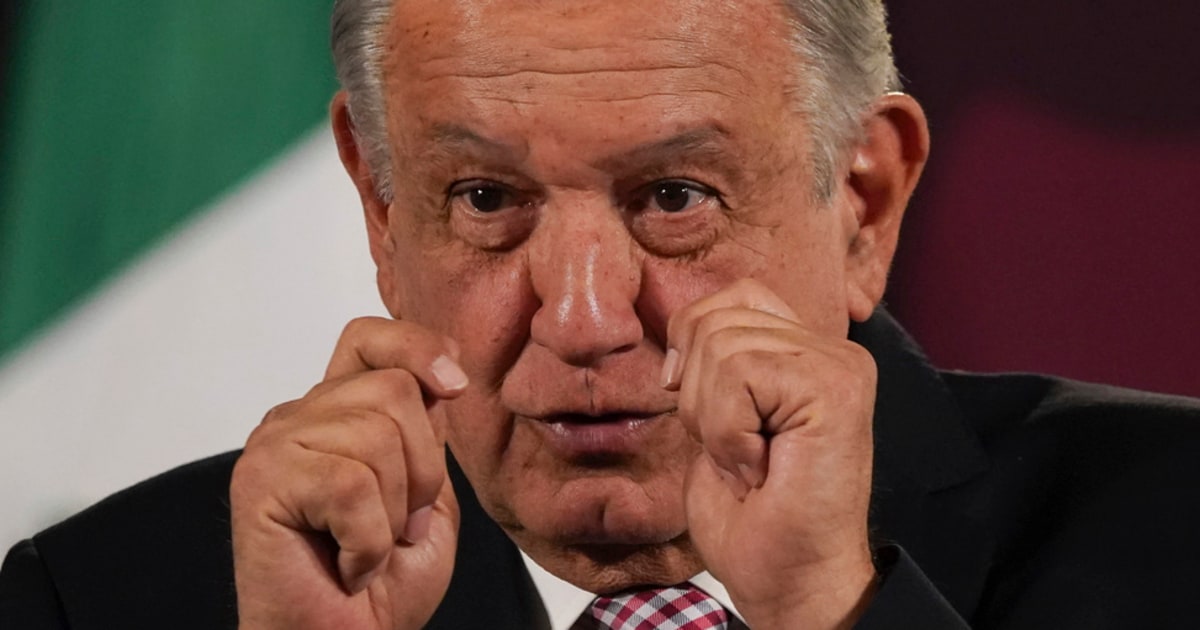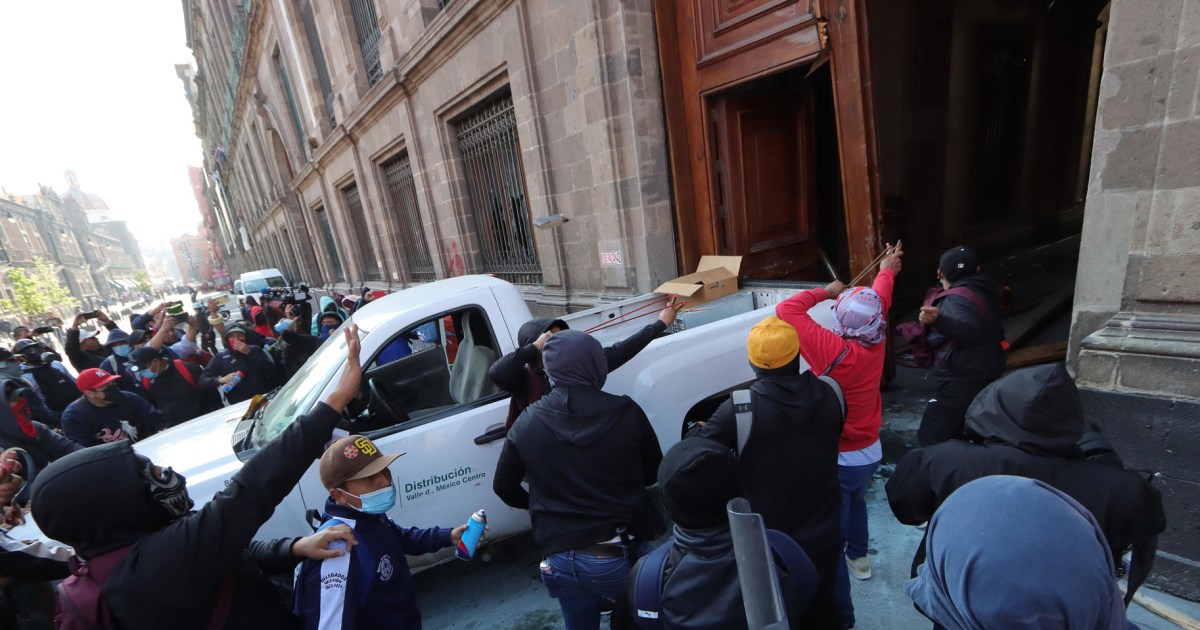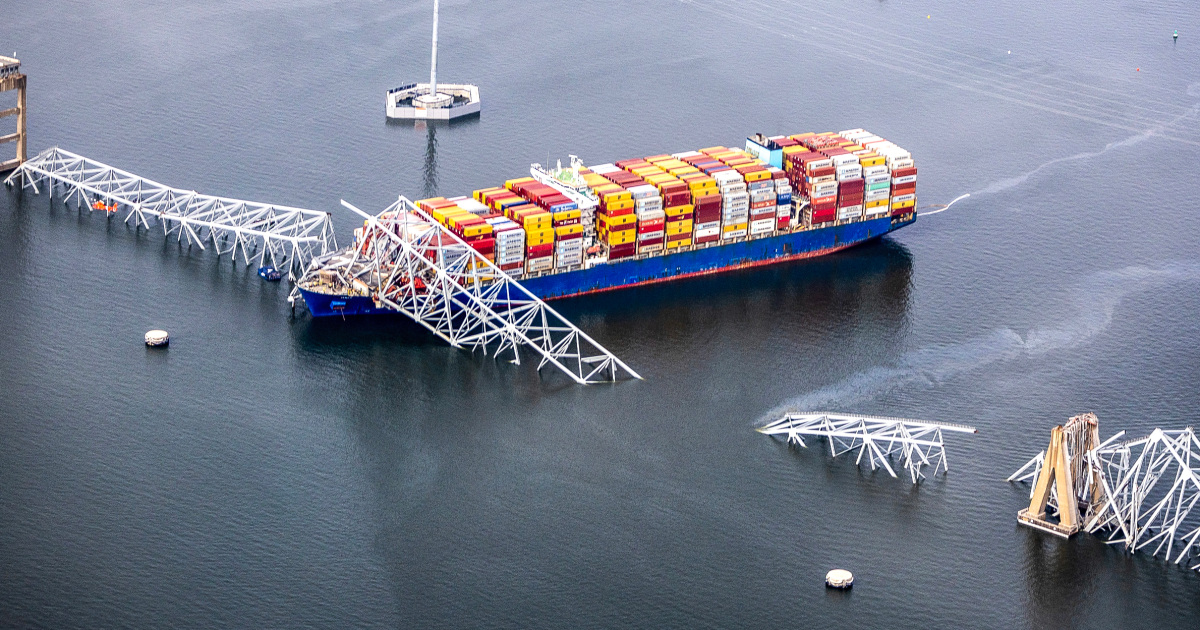Demonstration on the sixth anniversary of the disappearance of the normalista students from Ayotzinapa, in Mexico City, in October 2020.EDGARD GARRIDO / Reuters
The
Ayotzinapa case
faces a key week awaiting the result of the analysis of the 16 bone fragments sent to Austria in February. Scheduled for May, the investigators await them imminently. Almost a year has passed since the Prosecutor's Office announced the identification of some of the 43 normalista students, who disappeared in 2014 in Iguala, Guerrero. It was the first in six years, the second in all. Now, the expectations are huge. The remains sent to the laboratory of the University of Innsbruck in February were collected in the same place where the bone rest appeared that in life belonged to Christian Rodríguez, the student identified last year.
Driven by the discovery, the researchers have spent the last year and part of the previous year searching the place, an isolated place, far from the municipal seat of Iguala.
The tracking of bone fragments, the fights for access to information that the Army might have on the case and the diplomatic pressure to obtain the extradition of Tomás Zerón, the main investigator of the attack during the first years, have dominated the investigations in this time. .
A new positive in the laboratory would be a success, especially for the president, Andrés Manuel López Obrador, whose commitment to families was one of his campaign promises.
More information
The identification of one of the 43 students of Ayotzinapa knocks down the historical version of the PRI
In the absence of a hypothesis that incorporates all the pieces of the puzzle, the
Ayotzinapa case
definitively changed in July 2020, with the discovery of Rodríguez's bone. Located in the Carnicería ravine, that little piece of foot finally dismantled the official version of what happened, promoted by the Government of Enrique Peña Nieto (2012-2018). According to this hypothesis, a criminal conspiracy made up of police from Iguala and Cocula and members of the Guerreros Unidos criminal group had attacked the students in Iguala. They had been taken to the Cocula garbage dump, where they had later been killed and their remains burned, then thrown into a river.
Questioned from the beginning, the garbage dump version collides head-on with the discovery of Rodríguez's bone in the Carnicería, located almost a kilometer away. If the laboratory identified bones of more students in the remains sent in February, the questions their families have been asking for a year would become even more relevant: how did the remains of the boys get there? Why did the Carnicería never appear on the Peña Nieto Administration's map of possibilities?
It is not only the part of the garbage dump that has become obsolete, but also the criminal logic raised by the investigators, led by Tomás Zerón himself, today a fugitive from justice, accused of torture and embezzlement.
In addition to the Iguala and Cocula police, other security forces were involved in the attack against the students or the attempt to hide what happened, some actively, others by omission.
The Huitzuco municipality police are part of the first group, a matter indicated in its day by the National Human Rights Commission (CNDH).
The Army and the Federal Police, of the second.
The Army, in the spotlight
In the case of the Army, the situation has been especially delicate. As EL PAÍS reported in December, both the Prosecutor's Office and the group of experts led by the Organization of American States to Mexico to investigate the case were protesting the lack of collaboration from the military. At that time, sources close to the investigation consulted by this newspaper indicated that the requests for information that the Prosecutor's Office had made to the Secretary of Defense had received either silence in response. Above all, "requests for access to documents that would help access the chain of command," explained these sources.
According to two other sources close to the investigation consulted in the last month, the situation has changed. At the request of López Obrador, the investigators have had access to documents from the Iguala and Teloloapan battalions, as well as the archives of the area and the military region. The documents found there could help shed light on his role on the night of the attack and in the days after.
To date, it was believed that the military had intervened marginally on the night of the events. A convoy patrolled Iguala during the attack and the hours afterward. They appeared near one of the scenes of the aggression, the corner of Periférico and Juan N. Álvarez of the municipality. The military arrived at a hospital where part of the boys took refuge. Several surviving students reported intimidation by them.
The same convoy later went, between 11:00 pm and midnight, to Barandilla, a small detention center of the Iguala Police.
They allegedly went to pick up a motorcycle, seized from another soldier who had carried out intelligence tasks in the municipality during the afternoon.
That military man would have witnessed the other scene of the attack, the Chipote bridge, in front of the Palace of Justice.
In the absence of knowing which documents the investigators have consulted, any information could help to detail the role of the chain of command during the day of the events and the subsequent days, the military in charge of the Iguala battalion, the area and the military region. .
Subscribe here
to the
newsletter
of EL PAÍS México and receive all the informative keys of the current situation of this country








/cloudfront-eu-central-1.images.arcpublishing.com/prisa/BH3XAD4LLRD4JAVWMQKATJXMDY.jpg)
